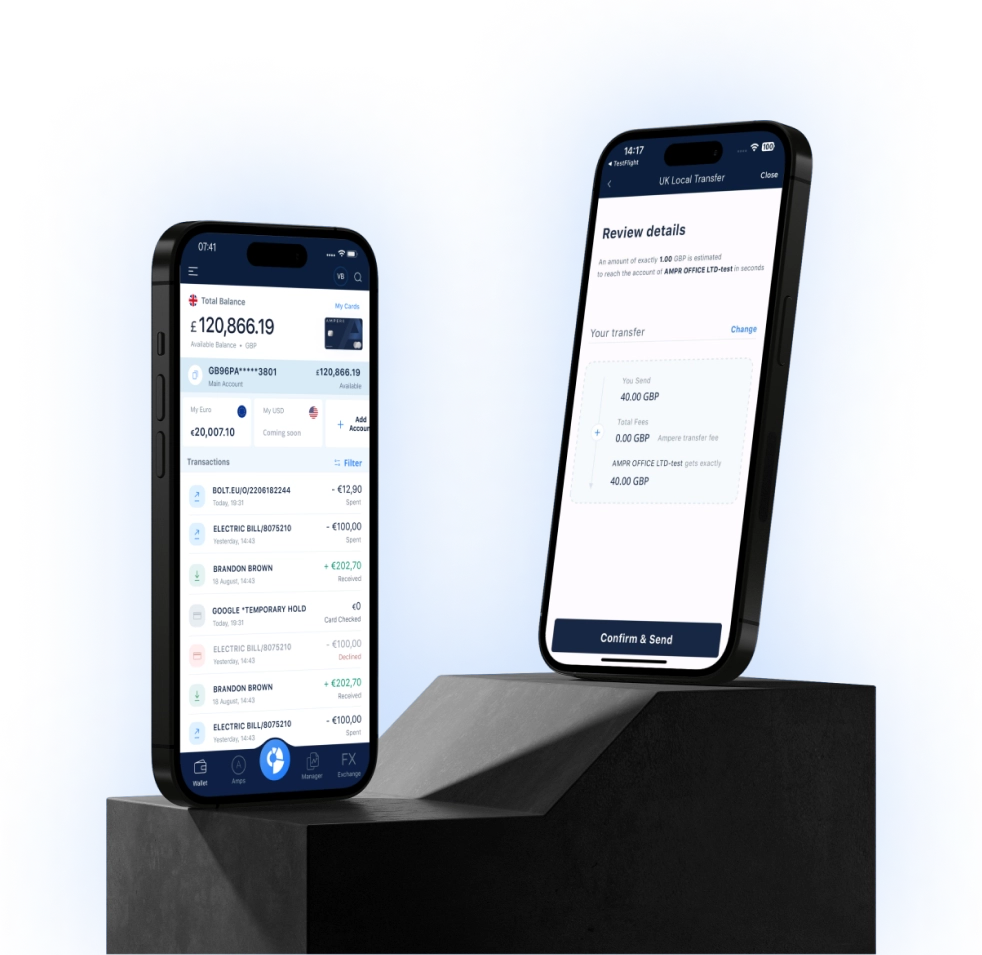
History of money
From bartering to digital transactions
What is the timeline of money's history? Currency evolution and development have been fundamental components of human history. To exchange goods as civilisations became more complex, an unusual instrument of trade was required. Money evolved from herd animals to precious metals and coins and banknotes to fulfil this function. Money is now transferred abstractly through electronic transactions.
The origin of money – Prehistoric
The history of money spans at least 5,000 years, with bartering being the earliest form of trade before introducing a standardised medium of exchange. Bartering involved directly exchanging goods and services, which could be time-consuming and inefficient. For example, a farmer might exchange a bushel of wheat for a pair of shoes from a shoemaker. However, finding someone willing to accept the trade could be challenging.
As trade became more complex, the need for a single, portable token of value arose. This led to various forms of money, including easily traded items like animal skins, salt, and weapons. These items served as a medium of exchange, even though their value was negotiable.
1000-500 BC – Instrument money
The world's oldest known coin-minting site was discovered in China around 640 BCE. Spade coins, one of the earliest standardised forms of metal coinage, were struck at this minting facility. Coin minting quickly spread worldwide, with different civilisations adopting their own coinage systems. The introduction of coins significantly increased the speed and efficiency of business transactions.
640-630 BC – The first real currency
In the sixth century BCE, the Lydians in Asia Minor minted the first official currency, known as the Lydian stater. These coins were made from electrum, a natural mixture of silver and gold. The use of coins in trade helped enhance both internal and external trading systems, contributing to the prosperity of the Lydian empire.
806-821 – Paper money
The transition from coins to paper currency began in China when the emperor Xianzong issued the first paper coins during the copper shortage. The Jin dynasty issued the first real paper money around 1189. Paper money offered greater convenience and portability compared to coins. European countries also started using paper banknotes issued by banks and private institutions instead of metal coins. These notes could be exchanged for their face value in metal coins anytime.
17th century – Modern check
The checks, also known as banker's checks or bank drafts, emerged as a widely accepted payment method in Europe during the 17th century. Major jewellers typically issued these checks, endorsed their authenticity and guaranteed the payment. They provided a more secure and convenient alternative to carrying large amounts of currency or valuable items during transactions.
19th century – Gold as currency
The 19th century saw the establishment of the gold standard, which tied the currency's value to the amount of gold held in reserves. However, this system was eventually abandoned after the First World War due to economic crashes and the need for greater flexibility in monetary policy.
1949 – Credit and debit cards
The 20th and 21st centuries brought further advancements in the evolution of money. Mobile payments emerged, allowing people to transact using portable electronic devices like smartphones and tablets. Services like Apple Pay, Google Pay, Venmo, and PayPal revolutionised how people transfer money and make purchases.
2009 – Digital currency
Virtual currencies, such as Bitcoin, gained prominence in the digital age. Bitcoin, released in 2009, became the standard for virtual currencies and introduced the concept of decentralised authorities. Other virtual currencies, like Ethereum, XRP, and Dogecoin, have also entered the market. Today, electronic transactions are becoming increasingly common, with traditional forms of payment being replaced by digital alternatives.
As we reflect on the history of money, it becomes clear that the concept of money is continually evolving. Neobanks like Ampere represent the latest chapter in this story, offering businesses a modern and efficient way to manage their finances. Neobanks are digital financial institutions that operate exclusively online, offering innovative and convenient banking services without the need for physical branches. As technology advances, the future of money will undoubtedly be shaped by further innovations and the ever-growing capabilities of neobanks.

